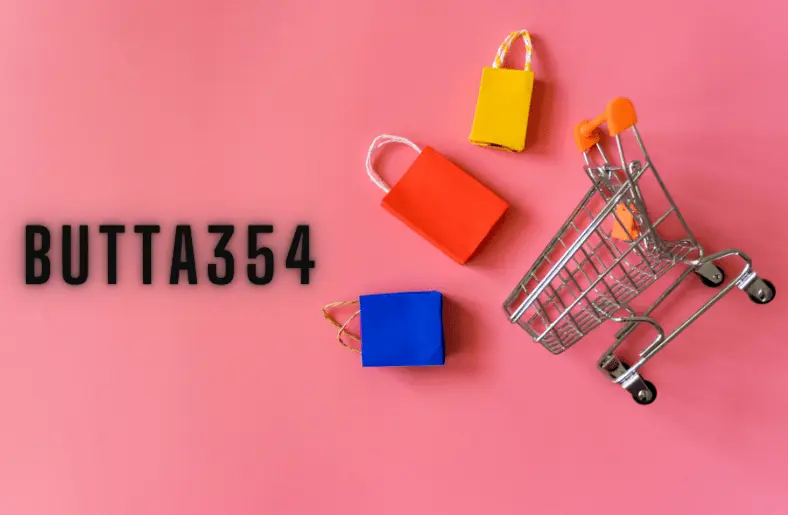Hijabhoojup blends tradition with modernity, combining the traditional hijab with contemporary fashion elements. Originating from Bengali culture, it has a rich heritage and offers a unique, stylish headwrap. In today’s fashion world, Hijabhoojup stands out by marrying cultural significance with personal expression, catering to diverse fashion needs. Whether for casual or formal occasions, it fits seamlessly into any wardrobe, promoting inclusivity and diversity. Embraced by fashion designers and influencers, Hijabhoojup empowers women to express their identity and faith, making it more than just a trend but a statement of cultural pride and individuality.
Historical Background
The Hijabhoojup has roots in West Bengal, India, dating back centuries. Traditionally, Bengali women wore it, transcending religious boundaries. Initially, it symbolized modesty and cultural identity. Over time, it evolved, adapting to modern fashion trends. Moreover, it retained its traditional essence. The fabric choice, typically cotton or silk, reflected the region’s climate. Gradually, different wrapping techniques emerged. Thus, each style showcased individuality. This evolution mirrored broader societal changes. Consequently, the Hijabhoojup remained a cultural staple. Today, it blends heritage with contemporary flair. Its historical journey highlights resilience and adaptability.
Modern Interpretations
The Hijabhoojup has embraced modern fashion. Designers now experiment with fabrics and patterns. This blend creates versatile styles. Moreover, casual and formal looks are possible. Hijabhoojup fits every occasion. Influencers promote new trends online. Additionally, social media boosts its popularity. People worldwide adopt these styles. Furthermore, Hijabhoojup appears in fashion shows. It showcases creativity and elegance. Thus, tradition meets contemporary fashion effortlessly. The Hijabhoojup symbolizes cultural pride today. It also celebrates individual expression. Therefore, it remains timeless and relevant. This fusion inspires many, blending old with new.
Styling Techniques
Firstly, select breathable fabrics like silk or cotton. Then, choose your favorite colors. Additionally, experiment with various draping methods. Next, try both loose and snug wraps. Furthermore, incorporate accessories such as brooches or pins. Moreover, layer with different scarves. Afterward, combine textures for a unique look. For casual wear, opt for simple styles. Similarly, pair with jeans and a kurta. Conversely, for formal events, choose silk. Subsequently, matches with elegant jewelry. In contrast, office attire should be neat. Therefore, select structured fabrics. Always ensure both comfort and style. Finally, personalize your Hijabhoojup. Hence, make it reflect your personality. Thus, styling Hijabhoojup offers endless possibilities. Ultimately, it’s about expressing individuality.
Fashion Pairings
To complement casual outfits, pair Hijabhoojup with jeans or skirts. For formal occasions, opt for elegant dresses or sarees. Moreover, consider vibrant colors to add flair. Additionally, accessorize with statement jewelry or scarves. Conversely, for office attire, choose muted tones and structured styles. Subsequently, match with classic accessories like pearls or leather bags. In contrast, for a relaxed look, go for lightweight fabrics and minimal accessories. Furthermore, experiment with layering techniques. Ultimately, ensures comfort and confidence in every ensemble.
Cultural Impact in Hijabhoojup
Hijabhoojup has made a profound cultural impact, transcending borders and fostering inclusivity. Initially rooted in tradition and faith, it has evolved into a global fashion phenomenon, symbolizing both cultural pride and modern style. This headwrap empowers women worldwide to express their identities boldly while celebrating their heritage. Its popularity has sparked cultural exchanges, promoting mutual understanding and appreciation among diverse communities. By integrating traditional values with contemporary fashion trends, Hijabhoojup not only enhances individual expression but also promotes unity and acceptance on a global scale. Its cultural significance extends beyond mere attire, embodying a powerful message of diversity and respect in today’s interconnected world.
Buying Guide about Hijabhoojup
When considering a Hijabhoojup, start by exploring reputable online stores for diverse options. Compare styles and materials to find one that suits your preference and comfort. Look for customer reviews to gauge quality and reliability before making a purchase. Consider supporting local boutiques for unique designs and personalized service. Ensure the fabric aligns with your climate and occasion. Opt for eco-friendly options if sustainability is a priority. Experiment with DIY ideas for a customized Hijabhoojup that reflects your style.
DIY Hijabhoojup
For a personalized touch, consider creating your Hijabhoojup using lightweight fabrics like cotton or silk. Begin by measuring and cutting the fabric to your desired dimensions. Experiment with different wrapping techniques to achieve unique styles. Incorporate embellishments such as beads or embroidery for added elegance. Watch tutorials online for inspiration and step-by-step guidance. Customize the length and width according to your comfort and fashion preferences. Share your creations with friends and family to inspire creativity and cultural appreciation.
Conclusion
In conclusion, embracing the Hijabhoojup symbolizes cultural pride and fashion versatility. Its timeless elegance and adaptability make it a staple for modern wardrobes. By mastering its artful draping techniques, individuals can express their unique style with confidence. The Hijabhoojup transcends cultural boundaries, promoting inclusivity and celebrating diversity in fashion. Whether worn casually or for formal occasions, this traditional headwrap adds a touch of sophistication and cultural richness to any ensemble. Explore its myriad styles and integrate them into your wardrobe to elevate your fashion statement and honor tradition.




